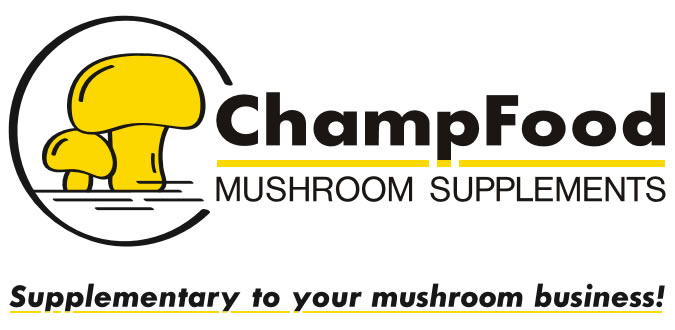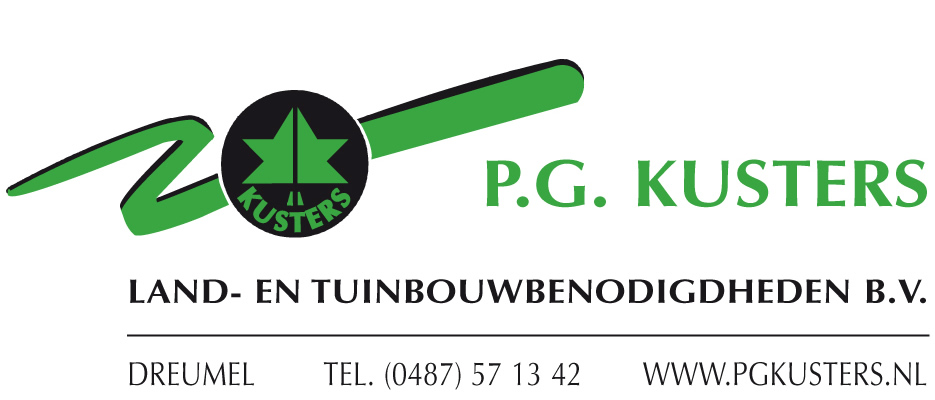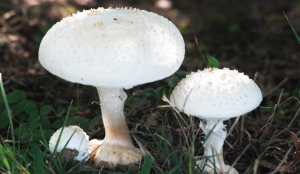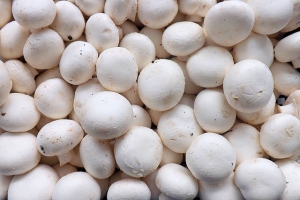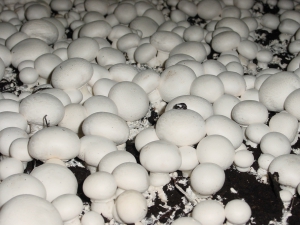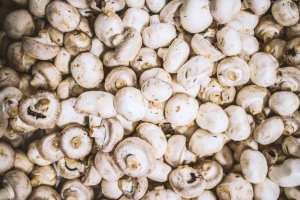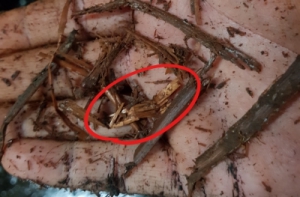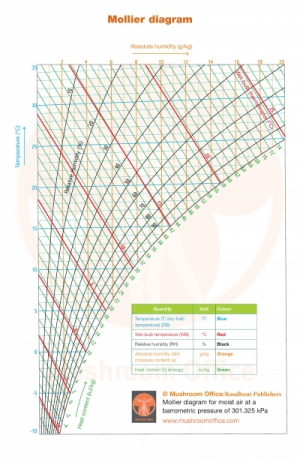A World of Mushrooms: Where Your Favorite Fungi are Produced
Mushrooms are one of the most versatile and nutritious foods on the planet, with a wide range of flavors and textures that can be used in a variety of dishes. From the delicate and savory shiitake to the rich and meaty portobello, there is a mushroom for every taste and occasion.
But have you ever wondered where your favorite mushrooms come from? Here's a breakdown of some of the most popular mushrooms and where they are primarily produced around the world.
Button Mushrooms
Button mushrooms are the most commonly produced mushrooms worldwide, and are grown in many countries including the United States, China, India, the Netherlands, Poland, and Canada. These versatile mushrooms have a mild, earthy flavor and can be used in a variety of dishes, from soups and stews to pizza toppings and salads.
Shiitake Mushrooms
Shiitake mushrooms are a popular ingredient in Asian cuisine, and are primarily produced in countries such as China, Japan, and South Korea. They are also grown in other countries, including the United States, Canada, and the United Kingdom. Shiitake mushrooms have a rich, savory flavor and a meaty texture that makes them a great addition to stir-fries, soups, and noodle dishes.
Portobello Mushrooms
Portobello mushrooms are a larger and more mature form of the button mushroom, and are primarily produced in the United States, Canada, the United Kingdom, and Australia. These mushrooms have a rich, meaty flavor and a firm texture that makes them a popular meat substitute in vegetarian and vegan dishes.
Oyster Mushrooms
Oyster mushrooms are a delicate and flavorful mushroom that is grown in many countries, including China, Japan, South Korea, the United States, and the Netherlands. These mushrooms have a subtle, sweet flavor and a delicate texture that makes them perfect for sautéing, stir-frying, or adding to soups and stews.
Enoki Mushrooms
Enoki mushrooms are a small, thin, and delicate mushroom that is primarily produced in Japan, South Korea, and China. They are also grown in other countries, including the United States and Canada. Enoki mushrooms have a crunchy texture and a mild, slightly sweet flavor that makes them a great addition to salads, stir-fries, and soups.
Morel Mushrooms
Morel mushrooms are a highly sought-after and flavorful mushroom that is primarily produced in the United States, Canada, and Europe. These mushrooms have a nutty, earthy flavor and a sponge-like texture that makes them perfect for sautéing or adding to sauces and gravies.
Truffle Mushrooms
Truffle mushrooms are a rare and expensive delicacy that are primarily produced in Italy, France, and Spain, but are also grown in other countries such as the United States, Australia, and China. These mushrooms have a rich, earthy flavor and a pungent aroma that makes them a popular ingredient in gourmet dishes such as pasta, risotto, and scrambled eggs.
In conclusion, the world of mushrooms is vast and varied, with a wide range of flavors and textures that can be used in a variety of dishes. Whether you prefer the delicate flavor of oyster mushrooms or the rich, meaty taste of portobello mushrooms, there is a mushroom out there for every palate. So the next time you enjoy a delicious mushroom dish, take a moment to appreciate the diverse and fascinating world of fungi that made it possible.
I know what I will be cooking tonight!

Fred Musc


